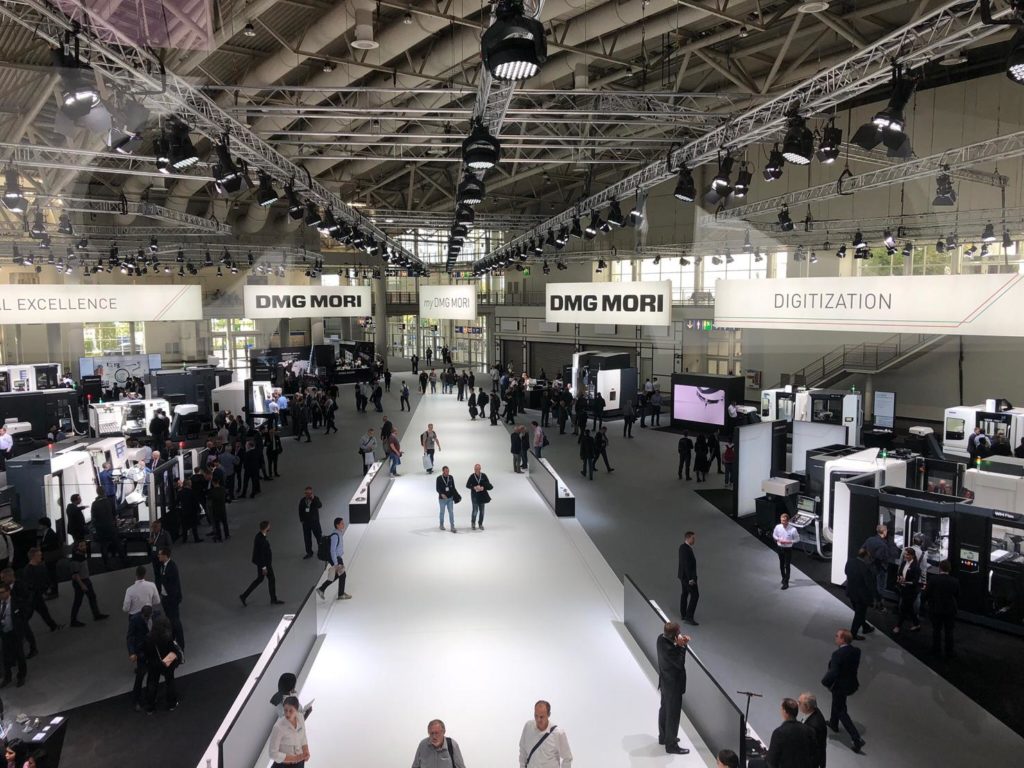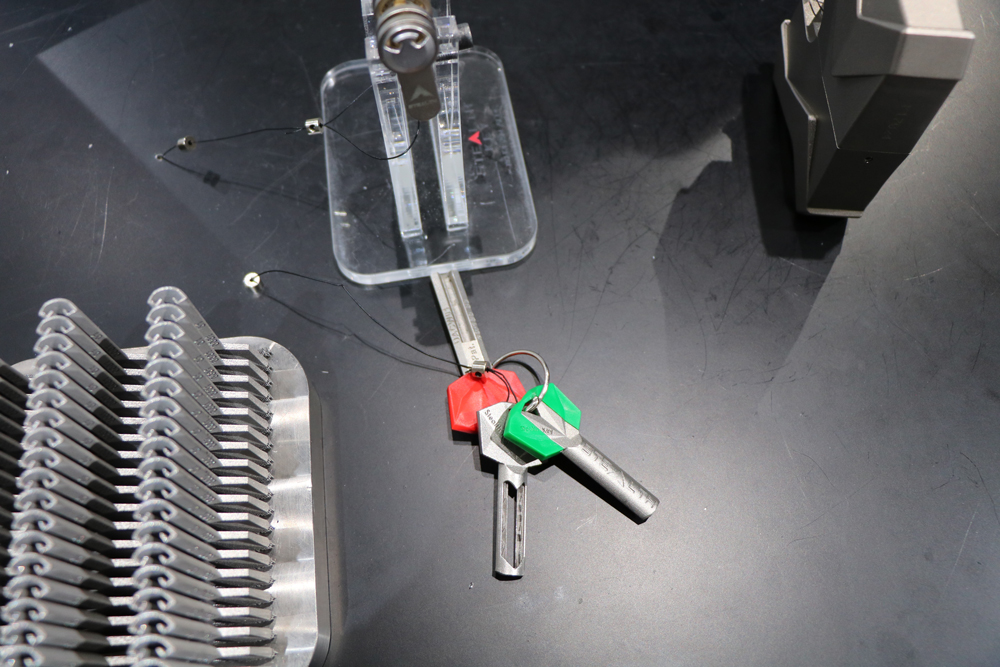DMG MORI establishes itself as a full-liner in the additive manufacturing of metal components

Among the 2226 exhibitors that took part in Emo Hannover, one company that makes it clear this show was the biggest event of its year was DMG MORI. Acknowledged as a leader of cutting machine tools for turning and milling, the German specialist booked a whole hall to showcase the entirety of its portfolio at Emo Hannover. Emotions left out, it was both impressive and beautiful to see. We felt like the whole company was on the show to make sure that no visitor misses the advice or the support of a dedicated expert. Furthermore, for this show, the company issued over 14 announcements dispatched in the various sectors of activity where it operates, and additive manufacturing obviously is part of it.
Discussing with Mathias Wolpiansky, Managing Director of REALIZER GmbH at DMG MORI, enabled us to have a more tangible view of the company’s developments in the additive manufacturing industry.
DMG MORI started using additive manufacturing in 2013. The manufacturer achieved interesting applications using laser metal deposition welding with a powder nozzle. “With a majority shareholding of 75% in REALIZER GmbH, the company has opened up access to Selective Laser Melting (SLM) for its customers”, said Wolpiansky. “We bring decades of experience in CNC Machining to the industry, but we will not replace CNC technologies by AM technologies. As a matter of fact, AM also relies on CNC. The fact is, clients are always waiting for the next step. Our aim therefore is to combine our expertise in CNC & AM to address crucial challenges they are facing when it comes to productivity, industrialization for AM and safe working conditions.”

Safe working conditions
Among the various AM technologies that were showcased in the AM area of the hall, the managing director introduced the LASERTEC 30 SLM system. The metal AM system delivers a build volume of 300 x 300 x 300 mm and just like the other SLM machines of the company, it integrates a powder change using a rePLUG powder module. In other terms, the ability to remove or change powders within a few hours using this module provides operators with a healthy working condition. As a reminder, operators are often exposed to powders when working on a powder-based metal system, which might lead to health issues if all protective conditions are not secured.
Productivity
Productivity and cost are the holy grail of professionals that are already diving into additive manufacturing. The managing director said that DMG MORI tackles this issue from the very beginning by integrating automation where needed. The rePLUG powder module mentioned earlier, can still illustrate this point, as it enables automation in a powder management system. Furthermore, an intelligent software also plays a key role in improving productivity. During the show, the supplier of LASERTEC 30 SLM announced that its OPTOMET Max software now integrates two new functions that delivers optimized lighting strategies while improving machine performance. The software for instance, can achieve build-up rates that are up to 50 percent higher possible. Moreover, using a feature that controls the construction platform temperature, it is possible to reduce the residual stress in the part.
In the same vein, Wolpiansky also talked about the integration of a clamping technology in their additive manufacturing offering. As a reminder, sometimes, to enable accurate manufacturing of parts using SLM technology, clamping technologies are more and more crucial to form a flexible modularized whole. Such system can be used for a LASERTEC 30 SLM 2nd generation and a CNC machining to reduce set-up times in the machine or to facilitate the production of small parts in the smallest production environments.
Industrialization for AM
Industrialization for AM is no secret for high profile AM companies. We cannot discuss the way DMG MORI addresses this pivotal chapter of the industry here. However, it is important to mention that the company also “addresses this topic by focusing on the main stages of the manufacturing process: from pre-production to the post-processing stage.”
The managing director took the example of their “Additive Intelligence advice unit” that gathers experts from specific areas of the AM industry, whose role is to support companies that would like to integrate additive manufacturing in their production line.

“Delivering unparalleled levels of duplication security”
We ended this conversation with an interesting application of DMG MORI’s metal 3D Printing technology in Stealth Technology.

For those who do not know, Stealth Technology is another discipline of military tactics and passive electronic countermeasures, which integrate a range of techniques used with personnel, aircraft, ships, submarines, missiles and satellites to make them less visible (ideally invisible) to radar, infrared or/and other detection methods.
“In some security scenarios, using key reliant on chips, network access, batteries and other digital systems is simply undesirable, unreliable and creates digital vulnerabilities”, explained the company. Without laying emphasis on the contours of the manufacturing process, Wolpiansky explained that, to mitigate duplication risks, they harnessed the capabilities of industrial 3D metal printing.
To address the aforementioned issues, the solution consisted in hiding coding to enable unique and superior key copy protection. Indeed, For DMG MORI, “if it cannot be seen, it does not exist”.
https://pagead2.googlesyndication.com/pagead/js/adsbygoogle.js
(adsbygoogle = window.adsbygoogle || []).push({});
You can now post free of charge job opportunities in the AM Industry on 3D ADEPT Media. For further information about 3D Printing, follow us on our social networks and subscribe to our newsletter : Facebook, Twitter, LinkedIn & Instagram !Would you like to be featured in the next issue of our digital magazine? Send us an email at contact@3dadept.com





